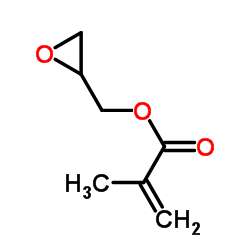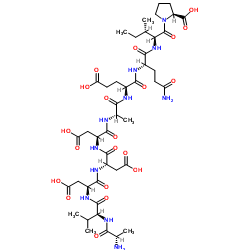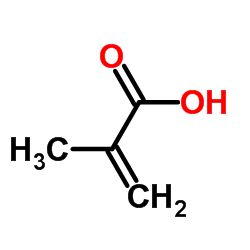| Structure | Name/CAS No. | Articles |
|---|---|---|
 |
Glycidyl methacrylate
CAS:106-91-2 |
|
 |
Hydroquinone
CAS:123-31-9 |
|
 |
LACCASE
CAS:80498-15-3 |
|
 |
Sodium methacrylate
CAS:5536-61-8 |
|
 |
Methacrylic acid
CAS:79-41-4 |